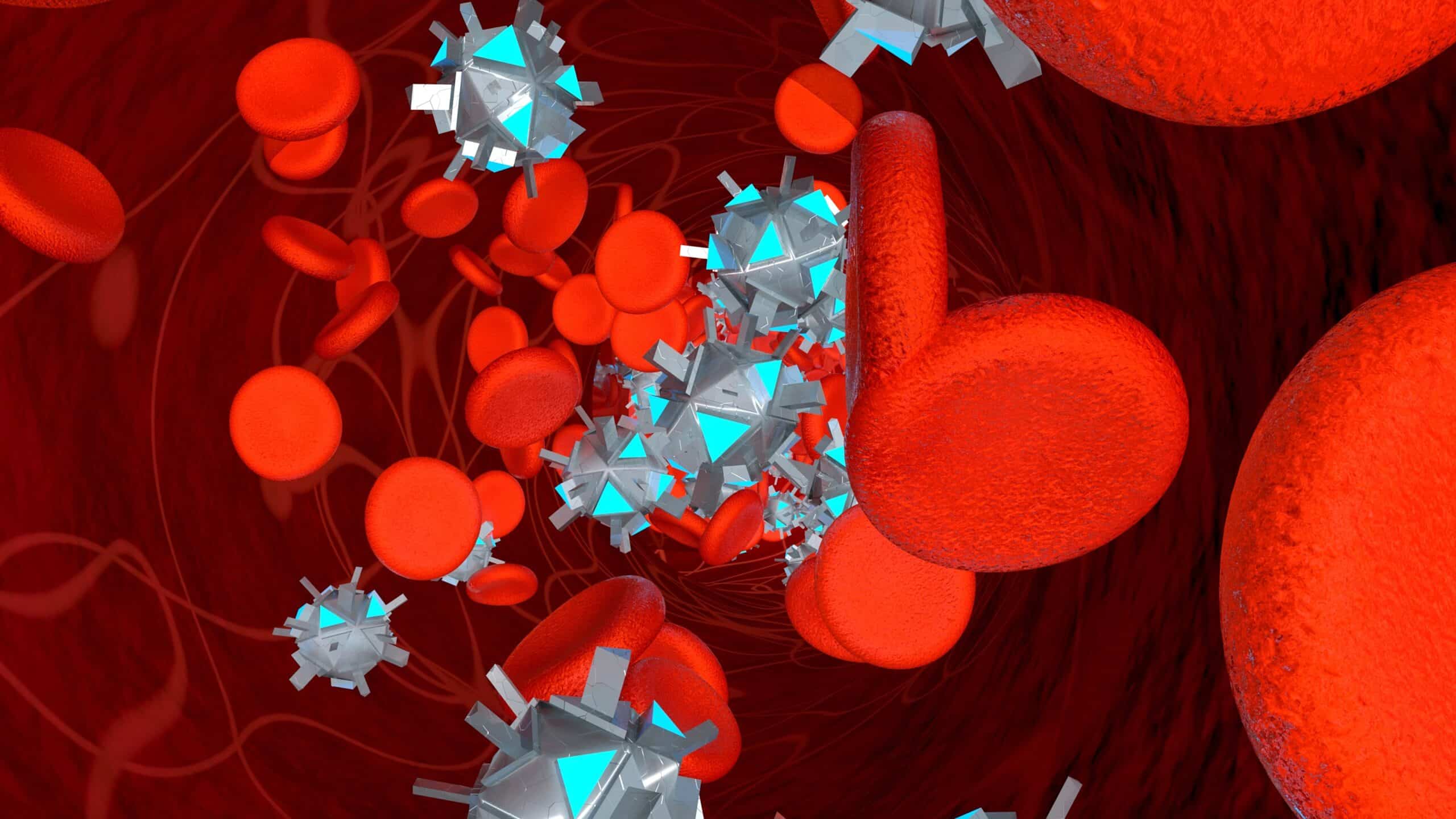This nanoparticle is able to be directed to eat debris to reduce and stabilize plaque, and according to the scientists could potentially be used to treat atherosclerosis, which is a process that underlies cardiac events such as heart attack and stroke.
When the nanoparticle is inside of the macrophages in the plaques it is able to deliver a drug agent that can stimulate the cell to engulf and eat cellular debris, it removes the dead/diseased cells in the plaque center, and by reinvigorating macrophages the plaque size is decreased and stabilized.
“Future clinical trials on the nanoparticle are expected to reduce the risk of most types of heart attacks, with minimal side effects due to the unprecedented selectivity of the nano-drug,” said Bryan Smith, associate professor of biomedical engineering at MSU.
This approach was found to stimulate the macrophages to eat dead/dying cells selectively during experiments.“We could deliver a small molecule inside the macrophages to tell them to begin eating again,” said Smith.
“We were able to marry a groundbreaking finding in atherosclerosis by our collaborators with the state-of-the-art selectivity and delivery capabilities of our advanced nanomaterial platform. We demonstrated the nanomaterials were able to selectively seek out and deliver a message to the very cells needed. It gives particular energy to our future work, which will include clinical translation of these nanomaterials using large animal models and human tissue tests. We believe it is better than previous methods.”




